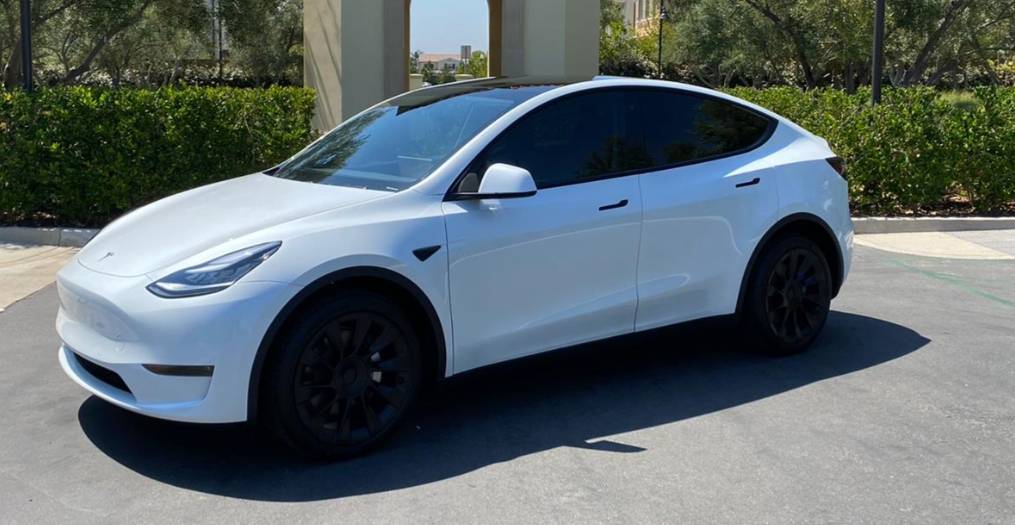Tesla is now providing customers with the option of opting for up to 84-month loans for their new vehicle purchases. This move aims to increase accessibility to Tesla cars by enabling more individuals to finance them. However, potential buyers should carefully consider the long-term commitment involved in such loans, as the Tesla battery warranty might expire before the loan is fully paid off, particularly if the vehicle is driven extensively.
Tesla revolutionized the auto industry by introducing a direct-sale system, bypassing traditional dealerships and retaining full control over pricing and sales processes. This approach proved highly successful, enabling Tesla to sell its vehicles more efficiently and at a better pace. Meanwhile, traditional carmakers faced challenges with dealerships imposing exorbitant markups and questionable practices, further highlighting the appeal of Tesla’s model to consumers. However, over time, Tesla has learned from dealers and incorporated some dealership-like strategies, effectively evolving into a massive dealership in its own right.
Tesla has adopted a dealership-like strategy by offering extended financing options, making it possible for individuals who might otherwise struggle to afford a car to make a purchase. The latest addition is an 84-month loan, aimed at expanding accessibility to more consumers. However, it’s important to note that this extended financing comes with a 6.39% APR in the most favorable scenario, potentially higher in other cases. For example, if someone chooses an 84-month loan to buy the popular Tesla Model Y LR AWD, they would pay $59,052, plus a $4,500 downpayment, totaling $63,552. In comparison, the current price of the car is $50,490, emphasizing the significant additional cost associated with this financing option.

Tesla has recently expanded its financing options to include 84-month loans, although it had previously limited them to 72 months. This move aligns with the trend seen across the automotive industry, where nearly one-third of car and truck loans in the US are now signed for six or seven years, a significant increase from the 1% recorded in 2004 according to an Edmunds study.
While Tesla now offers the option to finance a vehicle for 84 months, it’s essential to exercise caution and carefully consider whether this extended term is the right choice for your situation. While it might be suitable in certain cases, there are also instances when opting for such a long loan term might not be advisable, so it’s crucial to weigh the pros and cons before making a decision.
Opting for long-term financing can be advantageous if interest rates are low and you have extra funds to invest. By doing so, you could potentially earn a higher return on your investments than the interest you pay on the loan. However, the situation is different with Tesla’s 84-month loans, as they were introduced to offset the impact of high interest rates.
When considering an 84-month loan, it may indicate that the chosen car model is beyond your current affordability. In such cases, it might be wiser to consider a more budget-friendly vehicle or wait until interest rates decrease before committing to a loan. Making a carefully calculated decision can help ensure a financially sound and sustainable choice for your automotive investment.
Additionally, while Tesla offers an 8-year battery warranty, it is mileage-limited. For instance, the Model S and Model X have a limit of 150,000 miles, while the Model 3 and Model Y are limited to 120,000 miles. The Model 3 RWD with an LFP battery is covered for only 100,000 miles, making it an exception among the Tesla models.
Driving 20,000 miles or more would result in your vehicle being out of warranty before you finish paying off your loan. This situation leaves you vulnerable to potential battery defects, which could be financially challenging. Unless you can afford the costly $20,000 battery replacement, you might find yourself in a difficult position without a working car while still having outstanding debt. This circumstance could make it less likely for you to qualify for a new loan to purchase another vehicle.











More Stories
Opel automobiles: 125 years of history and a bright future
The Cars That Go Out of Production in 2023
Volkswagen’s plan to sell its electric cars cheaper